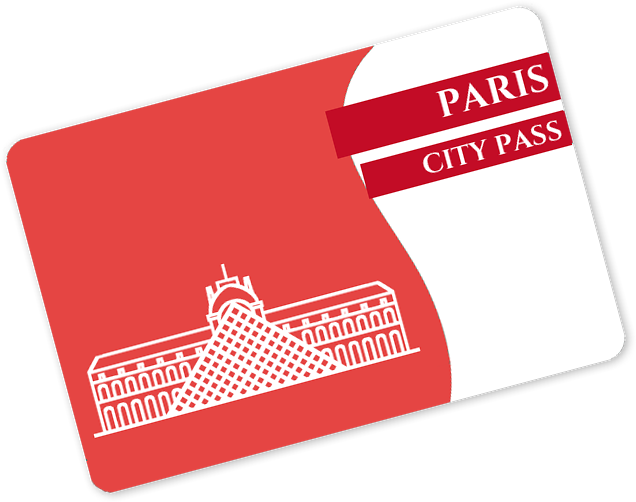Useful information about the Palace
Useful Information about the Palace of Versailles
The recommendation for visiting the Palace and gardens is to dress in layers. The visit can last the entire day and includes both indoor and outdoor areas, where it can be hot or rainy. Wearing comfortable shoes and clothing will make your day more enjoyable.
At the information points, there are various self-service lockers available to store small bags and personal belongings.
Large suitcases and bags are prohibited, but strollers are allowed.
Yes, strollers are allowed inside the Palace.
In the Palace rooms, you can take photos without flash and use selfie sticks; however, photography is prohibited in temporary exhibitions.
Yes, the Palace is accessible for people with disabilities. There are elevators available on different floors, and wheelchairs are provided at the Palace and the Grand Trianon.
You can move around with a shuttle service between the Palace and the Domaine de Trianon, and there are electric vehicles accessible to people with reduced mobility.
Inside the Palace, food and drinks are not allowed, and picnics are not permitted in the Versailles gardens. There are several refreshment areas in the Grand Parc, near the Grille des Matelots.
Most visitors to Versailles stay in Paris and dedicate one day to the splendid Palace. If you are using a car for your stay in France, it is advisable to stay in Versailles itself.
The best neighborhood is Notre-Dame, which was the first to be built during the creation of the new city under Louis XIV. It is located near the Palace and has many historical, cultural, and tourist attractions of the city.
Near Notre-Dame is the district of Saint-Louis, a short distance from the Palace and its gardens, with magnificent historical buildings such as the Salle du Jeu de Paume and the King's Kitchen Garden.
Other neighborhoods that are served by the RER and are quiet and peaceful are Porchefontaine and Montreuil.
The Palace was lived in by the Sun King when he decided to move away from Paris and transfer his court there. Versailles remained the seat of political power of the Kingdom of France from 1682 until the early days of the French Revolution.
During that period, the Palace of Versailles became a symbol of absolute monarchy in France.
